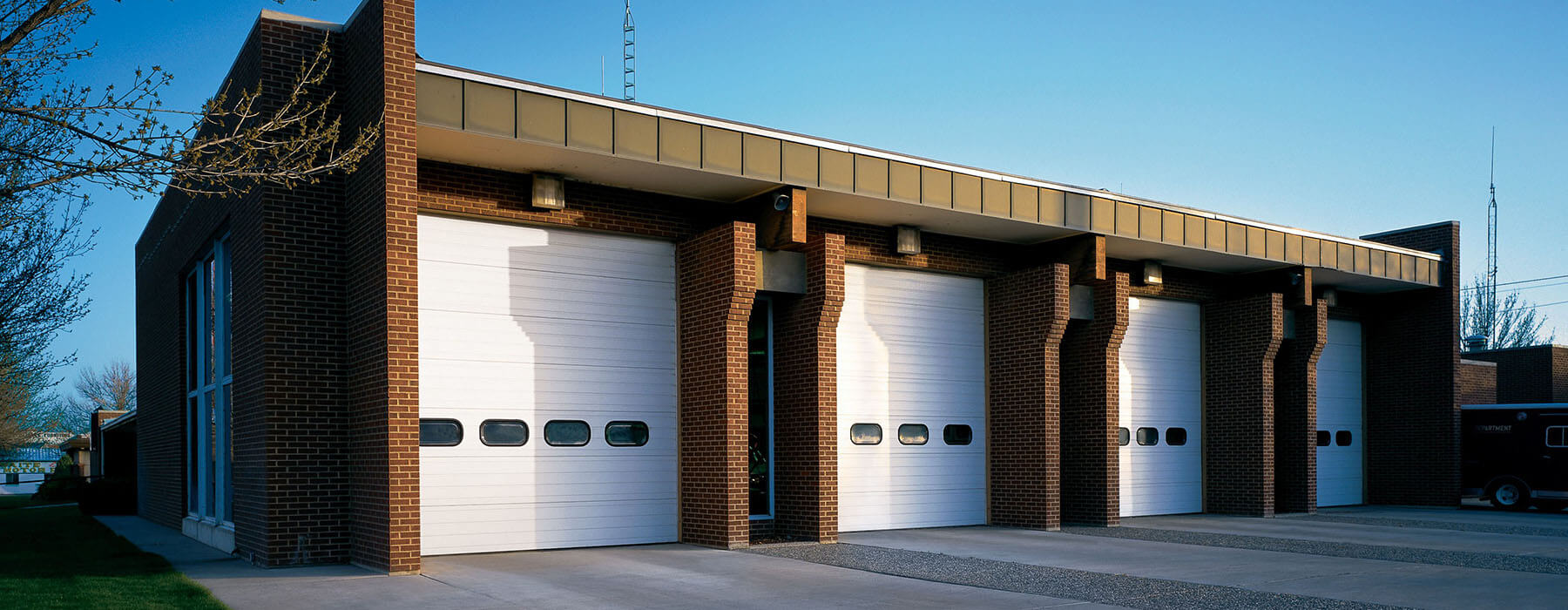How to Insulate Your Garage This Winter
Anyone who lives in the Midwest knows just how important insulation is in winter. When temperatures drop below freezing, your body and home need an extra layer of protection to keep heat in and the cold out. Your garage door is no different. A garage door without insulation is like a light jacket, which doesn’t do much good when it’s below freezing outside. But add insulation and now your garage door is like a goose down parka, which can stand up to the coldest temperatures. Besides keeping the cold at bay, insulation also acts as a barrier between street noise and your garage, ideal if your garage is attached to your home.
R-Value and Your Garage Door
For example, a detached garage’s door will require a much lower R-value insulation than one that’s attached with living space above.
- A detached, non-heated garage really doesn’t need much insulation as they don’t affect your heating bills. If you do want to insulate this type of garage door, you don’t need to go higher than an R-value of 6.
- Attached, non-heated garages can benefit from insulation with an R-value of 7 to 9. The added insulation can help regulate heat loss, which means your heating bill will benefit
- Heated garages need a higher R-value insulation of 10 to 13 to be efficient.
- Garages with living space above, like a split level or bonus room, require the highest amount of R-value insulation of 14 and higher.
Types of Insulation
There are a couple of types of insulation that will work best to insulate your garage door.
- Blanket Insulation: Blanket insulation comes in batts and rolls of fiberglass, mineral, plastic or natural fibers. It’s good DIY insulation and can be fitted between studs, joists and beams.
- Foam Board: Foam board insulation is made from polystyrene, polyisocyanurate or polyurethane. It offers a high R-value with very little thickness.
- Reflective System: Reflective system insulation includes foil-faced kraft paper, plastic film, polyethylene bubbles or cardboard. While it may not supply the highest R-value, it is suitable for DIY.
Adding R-Value to Your Garage Door
Increasing the R-value of your garage door requires adding insulation to the door. You can do this manually with the types of insulation mentioned above (attaching, cutting, fitting, securing, etc.) or you can do it a much easier way – by installing a new, insulated garage door by Overhead Door of Sioux City™ and Overhead Door of Yankton™.
Overhead Door has garage doors that offer several different R-values. For example, Thermacore® garage doors are an insulated door that offers both premium construction and maximum thermal efficiency of R-values up to 16.22. This series of doors feature our sandwich construction of steel-polyurethane-steel as well as between-section seals with thermal breaks to reduce air infiltration. Traditional steel doors are available with R-values up to 9.8 and carriage houses up to 10.
If you’re ready to increase the thermal efficiency of your garage, contact us for a free estimate for a new insulated garage door.


.jpg?width=606&height=508&name=Blog_FB%20(1).jpg)


